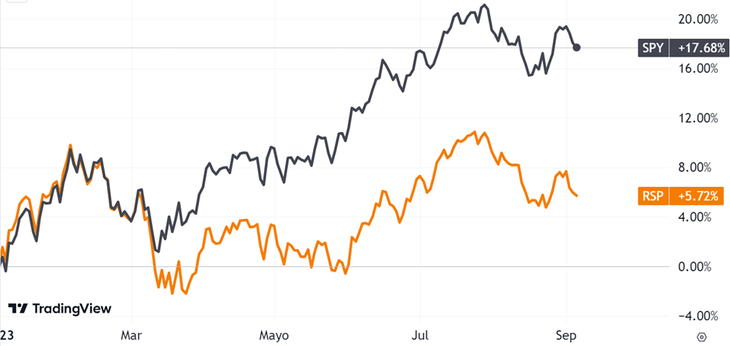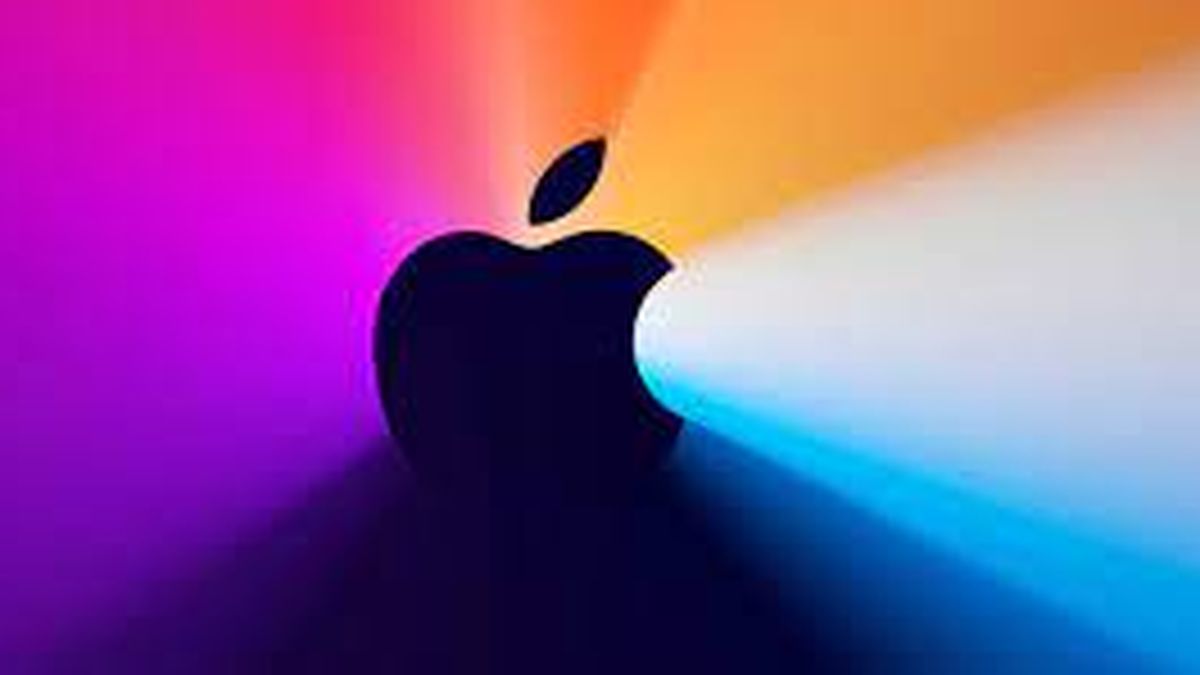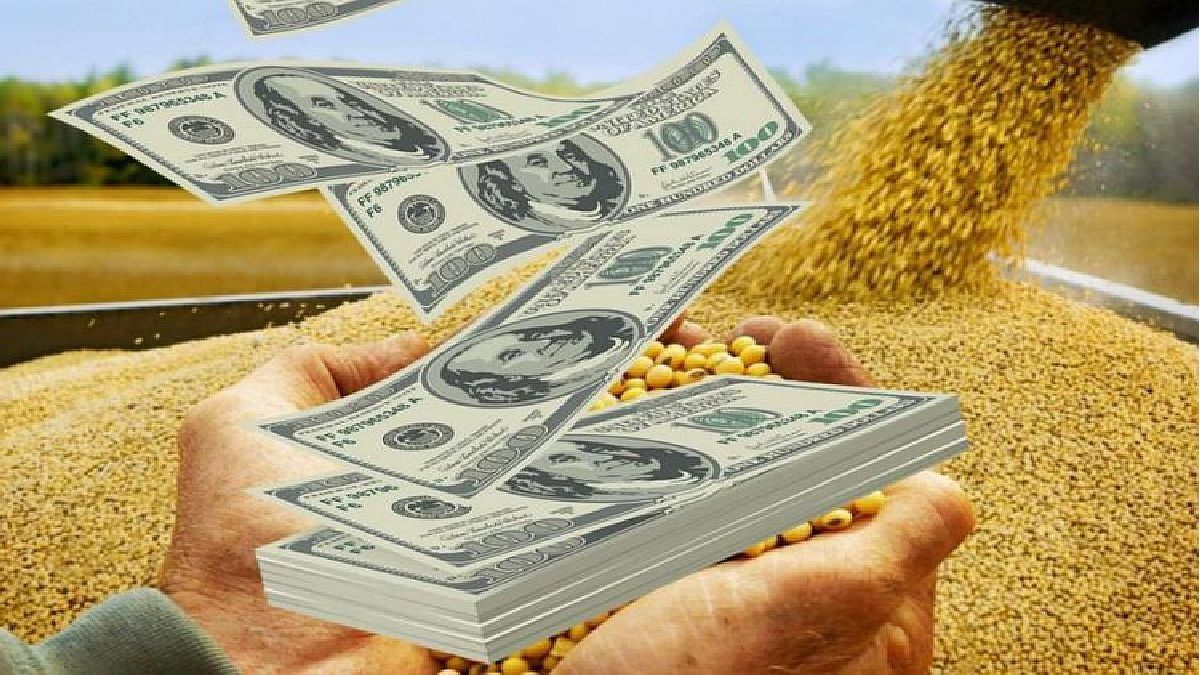Manzana lost more than USD 200,000M of Market Cap in just a few hours. What happened? Can it drag down Wall Street?
I want to start with the graph Manzana:
Taking into account the closing of Tuesday, September 5, the shares of Apple fell 6% in the following days.
The explanation comes from Asia: China banned members of its government from using iPhones. Specific reason? It is unknown, although it is known that China intends to reduce dependence on foreign technology. Furthermore, this comes after the United States has restricted chip sales to China.
It is estimated that it would affect less than 500,000 devices of the 45 million that Apple expects to sell in China over the next year, that is, it is practically 1%.
The measure would not have a great impact, although the risk is that the ban becomes widespread.
It is worth clarifying that 20% of the income of Manzana They come from China, and the iPhone segment represents almost 50%.
Reaction on Wall Street
The sharp fall of Manzana It affected the entire US market. Let us remember that Manzana It represents 7% of the S&P 500 and more than 11% on the Nasdaq, which suffered the most.
Let’s see the behavior of the S&P 500 from 2022:
image.png
Since August and after the downgrade in the US debt rating, the S&P 500 began to correct after a great 2023, mainly influenced by the performance of the 7 largest stocks (Apple, Microsoft, Google, Amazon, Nvidia, Tesla and Meta).
One way to see the influence of larger stocks is by comparing the SPY to the RSP:
- SPY: is the S&P 500 ETF, weighted by market cap. That is, Apple has more weight than other companies.
- RSP: It is an ETF that tracks the same S&P 500 index, but with a different focus. Unlike the SPY, the RSP assigns equal weight to each of the 500 stocks in the index, rather than giving greater weight to larger companies.
Below is the comparison of both in 2023:
image.png

In the graph you can see the difference between the two, which is explained by the incredible return that the main 7 companies have had. On the other hand, if one analyzes all 500 stocks equally, the simple average has been drastically lower.
Yeah Manzana continues its downward trend, it will undoubtedly infect the rest of the market. And now that it is correcting, is it a good idea to buy its shares? Let’s see.
Analyzing the graph of Manzana, you could conclude that at the moment it is not a good idea. One of the basic rules in investing is “don’t try to catch falling knives.” It means that you don’t have to buy what happens. Simply because we don’t know how long it can fall.
Furthermore, in the long term, Apple is not at “attractive” valuations. Let’s look at its Price-to-sales ratio:
image.png

Looking at its history, Apple has never been so “expensive,” according to this ratio, as in recent weeks, when its stock began to correct. And it continues with high valuations, taking into account its historical average.
Therefore, the risk/return ratio of investing long term in Apple does not seem very reasonable. And this does not invalidate the possibility of it continuing to rise, of course. It is simply an orientation of its valuation.
Apple remains the most important company in the world, but we must be careful in case it accelerates its decline. Wall Street is very attentive.
Note: The material contained in this note should NOT be interpreted under any circumstances as investment advice or a recommendation to buy or sell a particular asset. This content is for educational purposes only and represents the opinion of the author only. In all cases it is advisable to seek advice from a professional before investing.
To learn more about this topic and general content about investments, you can visit our Financial Letter site: www.cartafinanciera.com
Source: Ambito
David William is a talented author who has made a name for himself in the world of writing. He is a professional author who writes on a wide range of topics, from general interest to opinion news. David is currently working as a writer at 24 hours worlds where he brings his unique perspective and in-depth research to his articles, making them both informative and engaging.




